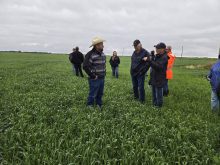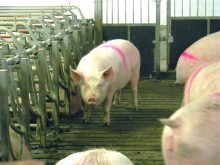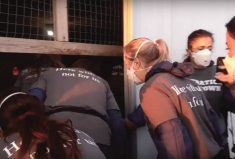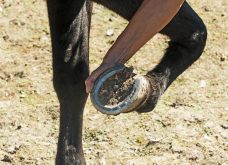An independent study shows significant gains for producers using alternative to conventional castration
Apanel of independent U.S. economists has found producers who use immunological castration (IC) can generate a potential increase of $5.32 per head over conventionally castrated barrows.
The benefit is primarily derived from being able to market the treated pigs at a heavier carcass weight, an increase in feed efficiency, and cost saving from not having to carry out physical castration, according to a recently published report.
The use of immunological castration using Improvest (Zoetis Animal Health) has been approved in both the U.S. and Canada but, so far, uptake has been very limited. The product is a protein compound that works like an immunization to temporarily protect against off-odours in pork. Male pigs are given Improvest in the finishing phase, eliminating the need for physical castration (PC). As a result, male pigs are able to fully express their natural potential for feed-efficient growth, with all the inherent performance advantages of an intact male for the majority of the production cycle. Treatment involves two immunizations, one sometime after nine weeks of age and the second three to 10 weeks prior to marketing.
Read Also
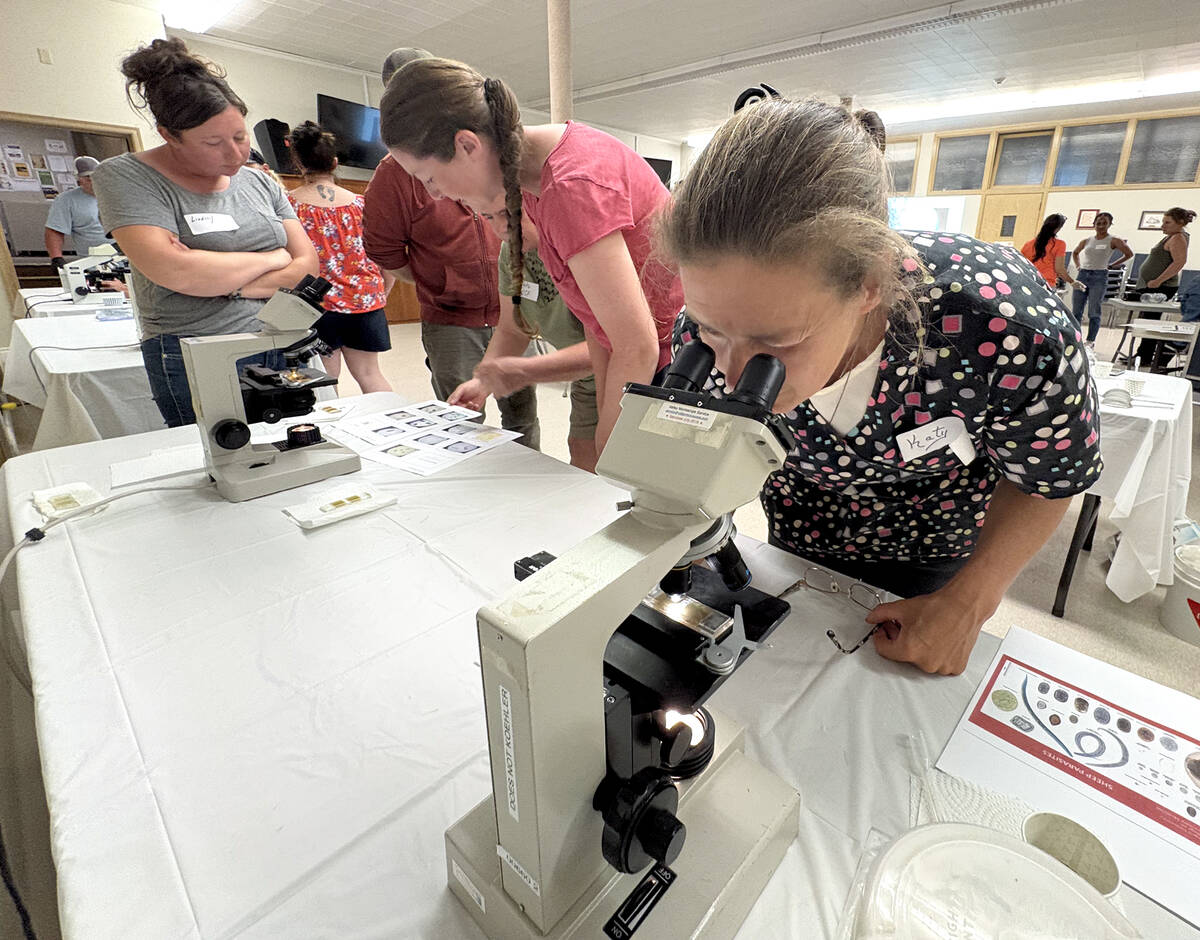
Smart deworming for sheep starts with individual fecal egg counts
Fecal egg count tests are one step to managing dewormer resistance and managing sheep parasites on Canadian sheep farms to maintain flock health.
To date, there have been 12 studies conducted in the U.S. that compared the performance of immunized males with PC barrows throughout the growing and finishing period. The results indicate that immunized males averaged an 8.4 per cent improvement in feed/gain ratio, 4.3 per cent greater average daily gain, and 1.17 mm less backfat.
The first obvious benefit of immunization is the removal of physical castration.
“Elimination of physical castration can provide significant positive impacts on pre-weaning and post-weaning mortality and morbidity while also saving the value of the labour and inputs associated with this practice,” the report states.
The authors estimate the elimination of physical castration improves wean-to-finish net income by an average of $1.61 per male pig marketed, deriving from direct cost savings from non-castration, dilution of fixed costs, and increased opportunity profit from saved pigs.
While such a saving is worthwhile, the biggest benefit comes from the fact that immunized males effectively perform like boars during the majority of the growing period. Intact males and immunized males demonstrate more efficient conversion of feed into lean meat and lay down significantly less fat than barrows.
However, the report notes, after administration of the second dose of Improvest, males increase feed consumption, decrease feed efficiency and begin generating more fat in the carcass.
“This process implies an economic trade-off involving choice of the optimal harvest weight which produces the greatest profits while maintaining the necessary fat essential to pork quality and value,” the report states.
The panel of economists used modelling techniques to compare the optimum market weight of the immunized pigs with conventional barrows, calculating returns to both the producer and packer. They took the average of feed costs and hog prices over 2007-11 as the basis for their calculations.
The results showed that the optimum profit margin for IC males was at a carcass weight five to six pounds heavier than for barrows, assuming the same growth period in the finisher barn. However, the authors point out, immunized males have lower carcass yields due to the presence of the scrotum, testicles and associated organs, as well as some other minor carcass changes. Thus, live weight at slaughter will need to be 10 to 12 pounds heavier than a PC barrow to achieve the five- to six-pound increase in carcass weight. As part of the study, a sensitivity analysis was carried out to look at the impact of high or low feed costs on the optimum carcass weight.
“While the optimal weights of both types of animals are reduced under this scenario (as expected), the differential profit-optimization weight between IC and PC barrows remains essentially the same,” conclude the authors.
The report notes immunized barrows will command a $1.75/cwt premium over barrows due to less variation in carcass weight relative to the optimum weight. In addition, both the producer and the packer will benefit economically from a larger, leaner carcass. Using average prices over the five-year period, combined with cut-out data, it was calculated that immunized males would generate the packer a total return per carcass $9.75 more than a barrow.
“After paying the producer $6.71 for the added weight and premium increase, a net improvement in returns of $3.04 was realized for the primal cuts,” the report states.
The total benefit to the packer was calculated as $5.04.
The expected improvement in net returns for U.S. producers adopting Improvest is $5.32 per head, concludes the report. This is derived from $2 in feed cost savings, $6.71 from the higher carcass weight and carcass premiums and $1.61 from ceasing physical castration, totalling $10.32, less the $5-per-head cost of using Improvest.
So far, uptake of immunization has been minimal in North America, despite these large economic benefits. Packer resistance and unwillingness to change may be part of the reason, while producers also seem wary. But can the producers and packers afford to let competitors take advantage of this technology while not adopting it themselves? There is an interesting saga to be played out here and only time will tell.








